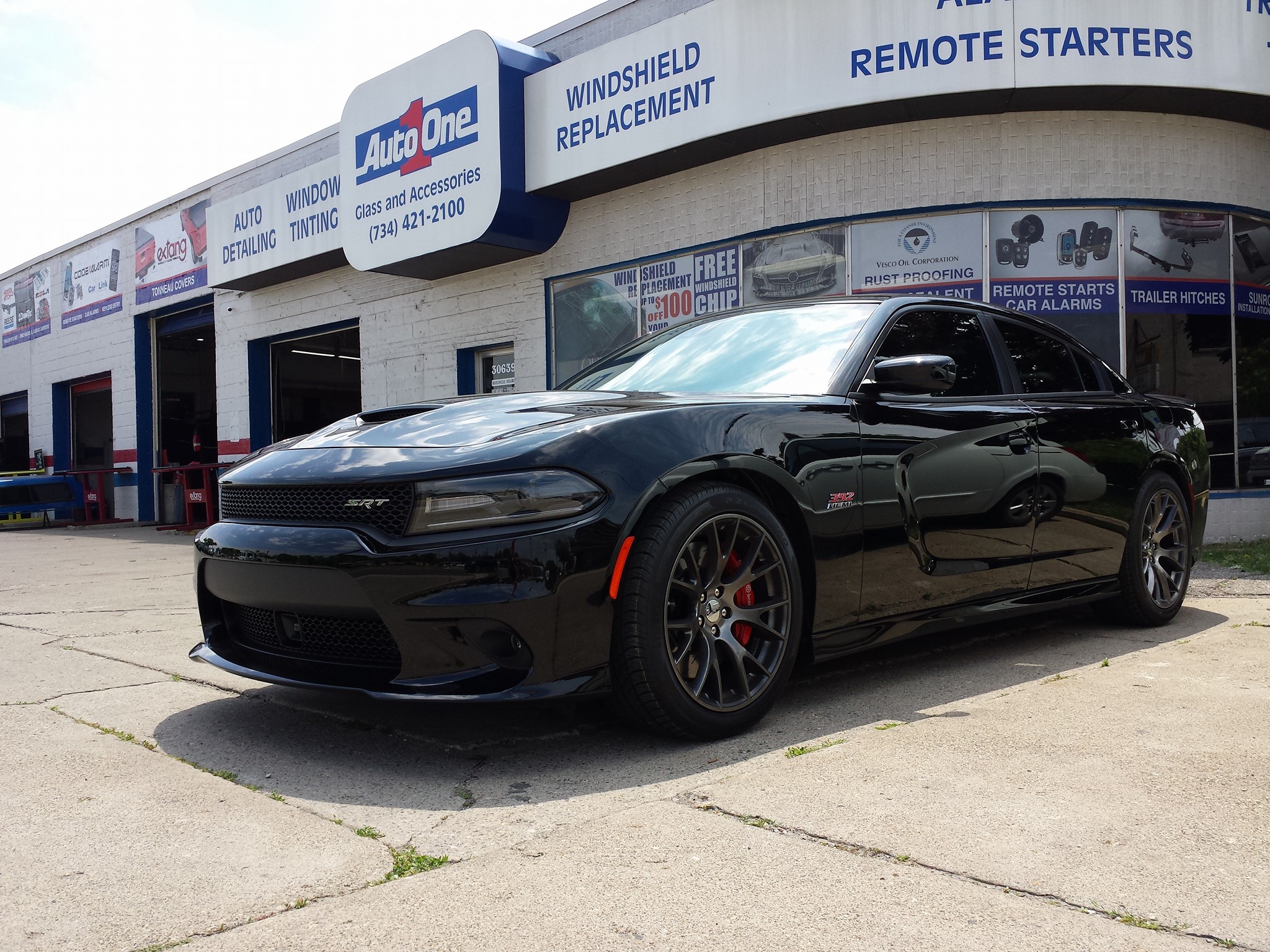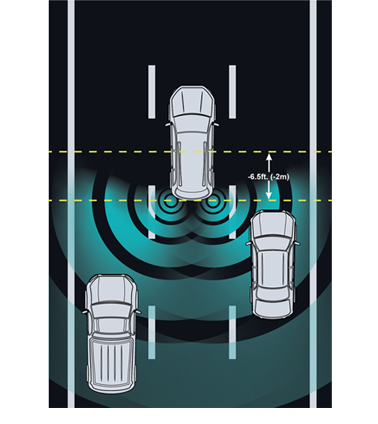
Auto One Window Tinting
Whether you are looking to enhance the appearance of your vehicle or protect your skin from the harsh rays of the sun, window tinting is a great option. If you are considering window tinting for your vehicle, you’ll want to read on to learn more before making a decision.
Here are the answers to some commonly asked questions about window tinting:
Is Window Tinting Legal?
State laws vary when it comes to window tinting. It is legal in Michigan. You just need to be aware of the limitations. The Michigan Motor Vehicle Code has the following requirements:
- For the front windshield and the front side windows, you are only allowed to have tinting 4 inches down from the top of the window. You cannot tint the entire window.
- For rear side windows and the rear window, you are allowed to tint the entire window.
- The solar reflectance must be less than 35% for all windows.
If you have a medical condition that requires a special window treatment, you can obtain a letter from your physician or optometrist to request a medical exception.
What are the Benefits of Window Tinting?
Aside from enhancing the appearance of your vehicle, window tinting also provides health and safety benefits, such as:
- It protects your skin from the harsh rays of the sun, which can help to prevent skin cancer.
- It keeps your vehicle cooler, even on the hottest days. It also helps cut down on the amount of energy needed to air condition your vehicle.
- It can increase the life of your upholstery by blocking out heat and sunlight, which can cause your vehicle’s interior to fade or crack.
- It increases privacy and security by preventing others from being able to see whatever valuables may be inside your parked vehicle.
- It enhances safety by reducing glare from the sun during the day or from headlights at night.
Are there Different Levels of Window Tinting?
You can control the level of darkness and therefore, the level of sun protection, based on the shade of window tinting. Typically, there are four levels when it comes to window tinting: 5%, 20%, 35% and 50%. The darkest shade is 5%, which is what you might see in a limousine. The lightest shade is 50% which is more commonly seen in vehicles on the road. Keep in mind that state laws may only allow a certain level of window tinting.
Auto One’s window tinting guide lets you view the effect of the various levels of window tinting on your visibility.
What Types of Window Tinting are Available?
Some of the most commonly used tinting materials are dyed film, carbon film and ceramic film. The cost, application and functionality of these products varies.
Dyed Window Tint Film comes in a variety of colors. It is used primarily for appearance, and it also provides a low level of UV protection. It does tend to fade over time.
Ceramic Film is the highest quality film available. It eliminates 45-50% of the heat that enters through the windows in the form of infrared light. It is also the most effective at blocking harmful ultraviolet rays from the sun.
How Much Will it Cost?
The cost of window tinting varies based on the type of vehicle you own and the type of window tinting film you choose. Ceramic film is the highest quality film and therefore, it is the most expensive. Dyed window tint film is the least expensive option. Carbon window tint film falls somewhere in between. You can request a free online quote from Auto One to determine the cost for your specific needs.
Auto One stores carry a variety of window tinting products from various manufacturers. Our window tinting experts can help you decide which option will work best for your needs and budget. Stop by or call and chat with an expert.


